KEY TAKEAWAYS
- A brand name should be strategic
- A brand name should be relevant
- A brand name should be distinct
- A brand name should be surprising
- A brand name should have a nice ring to it
“O, be some other name! What’s in a name? That which we call a rose By any other name would smell as sweet;”
Would it, though?
That famous line penned by none other than ol’ Billy Shakespeare himself certainly feels like a romantic truth, and probably did even more so when first spoken in late-sixteenth-century England.
However, it’s a sentiment that doesn’t stand up to scrutiny in the globalized, brand-crazy world of 2021 that modern consumers call home.
Names matter, perhaps more now than ever. With the multitude of brands that exist today—an ever-increasing number, all competing relentlessly for our attention—we’re left in a landscape of fleeting commercial messaging opportunities, ones so brief that, at times, they only afford advertisers the chance to convey a name, and little else.
Like I said, names matter.
At Tilted Chair, we started life as a creative advertising agency, and since then, we’ve evolved our suite of services to include the delicate and essential service of brand naming. It’s a responsibility that we don’t take lightly. Now, after a slew of successful naming projects under our belt, we’ve formulated an approach to the process of brand naming that is almost guaranteed to be successful.
Tip No. 1: A Brand Name Should be Strategic
It’s actually obvious when you think about it. After all, when it comes to something as important as the name of your business or brand, is “I like it” really sufficient validation of the idea?
When we have our way, we collaborate with our clients on a full brand positioning and messaging exercise before names are even considered. This helps us understand the arena we’ll be playing in, and where we should look for a name that aligns with a bigger strategy.
Take Bonfire, our cannabis marketplace client from Oklahoma. We performed a full archetyping and positioning workshop before we ever thought about names. Why? Well, we wanted to understand what the client’s inspiration was for the brand, what was important to them, and why they were even pursuing the venture. And it was elucidating. Check it out:
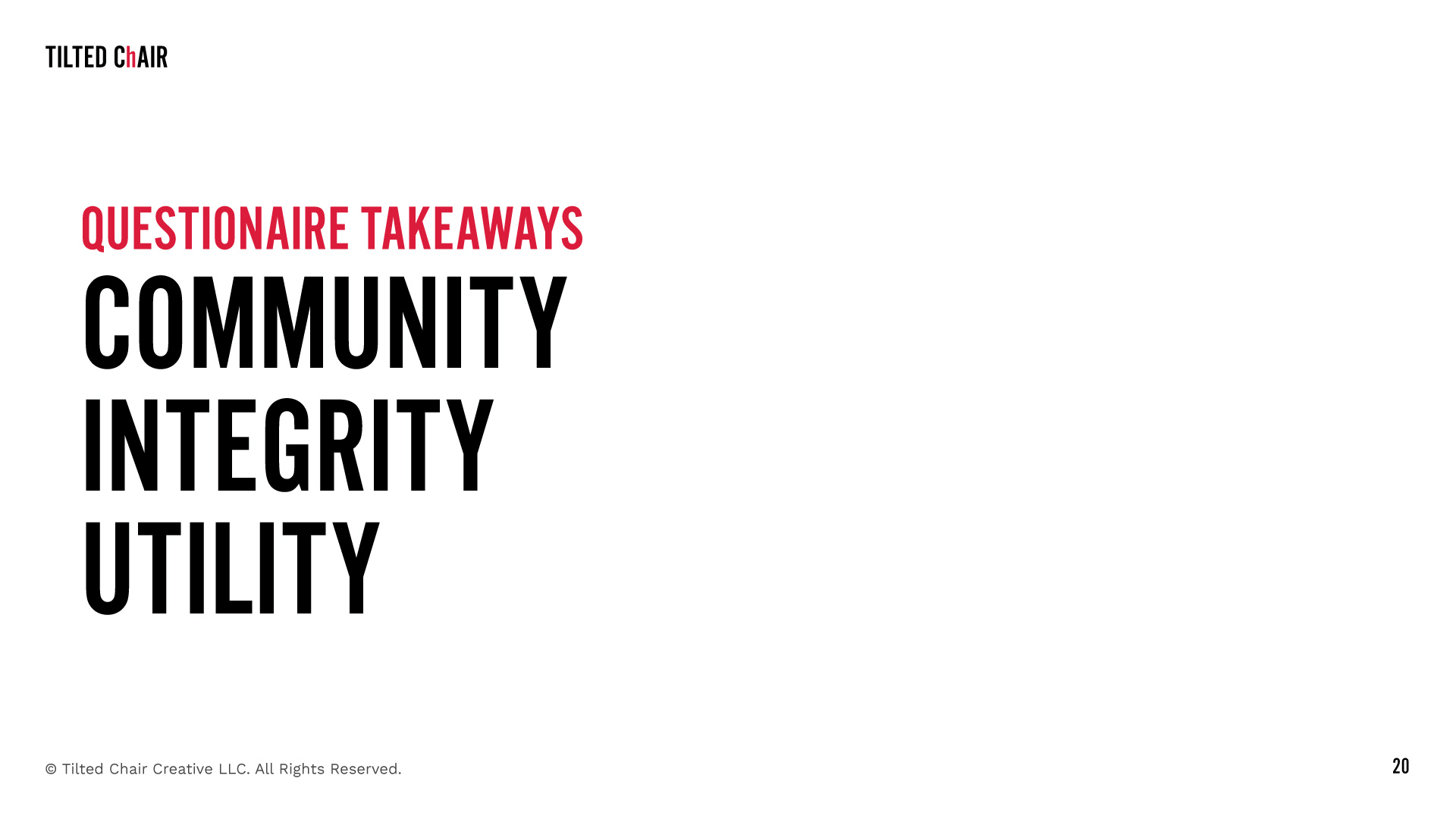
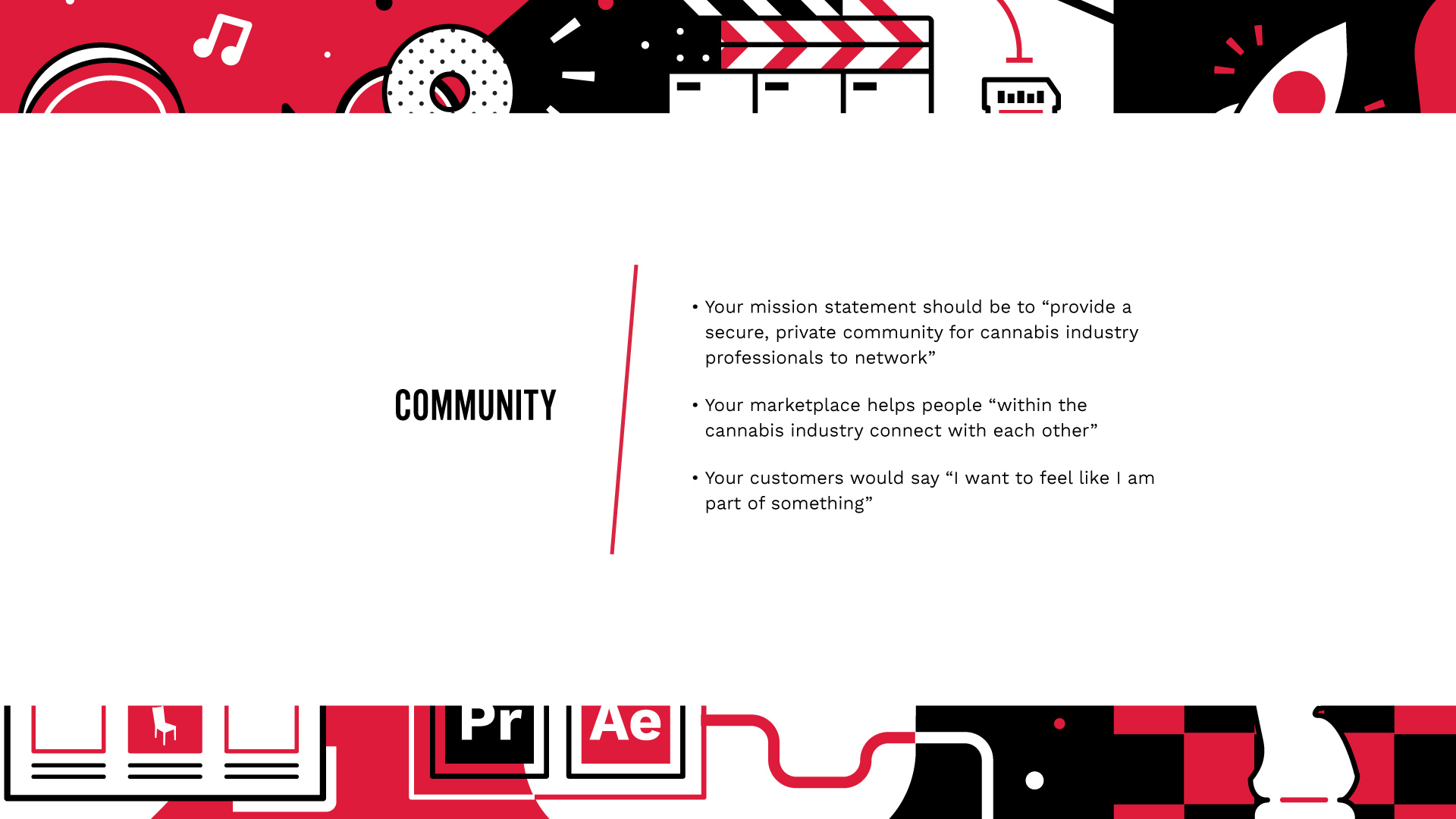
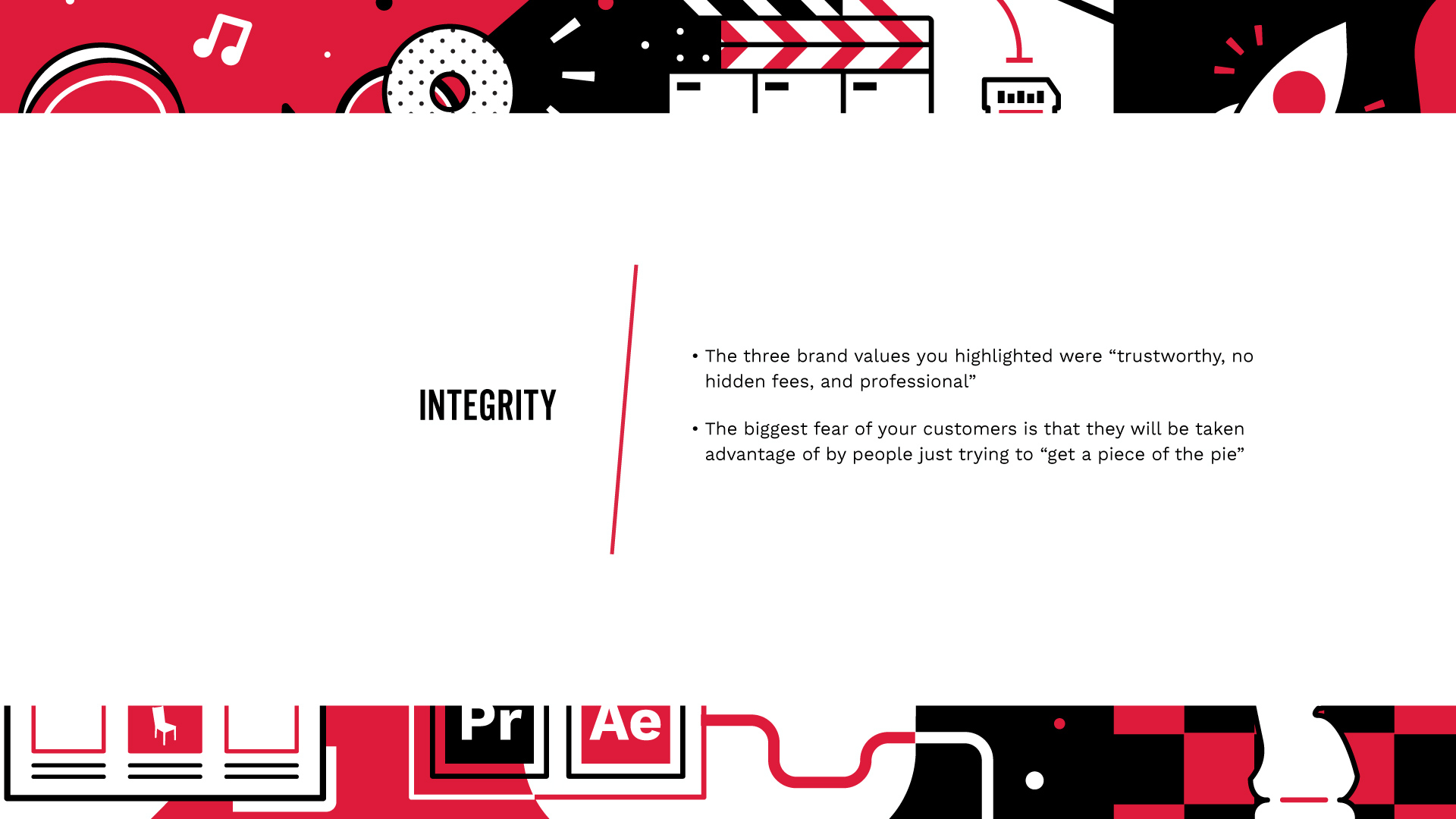
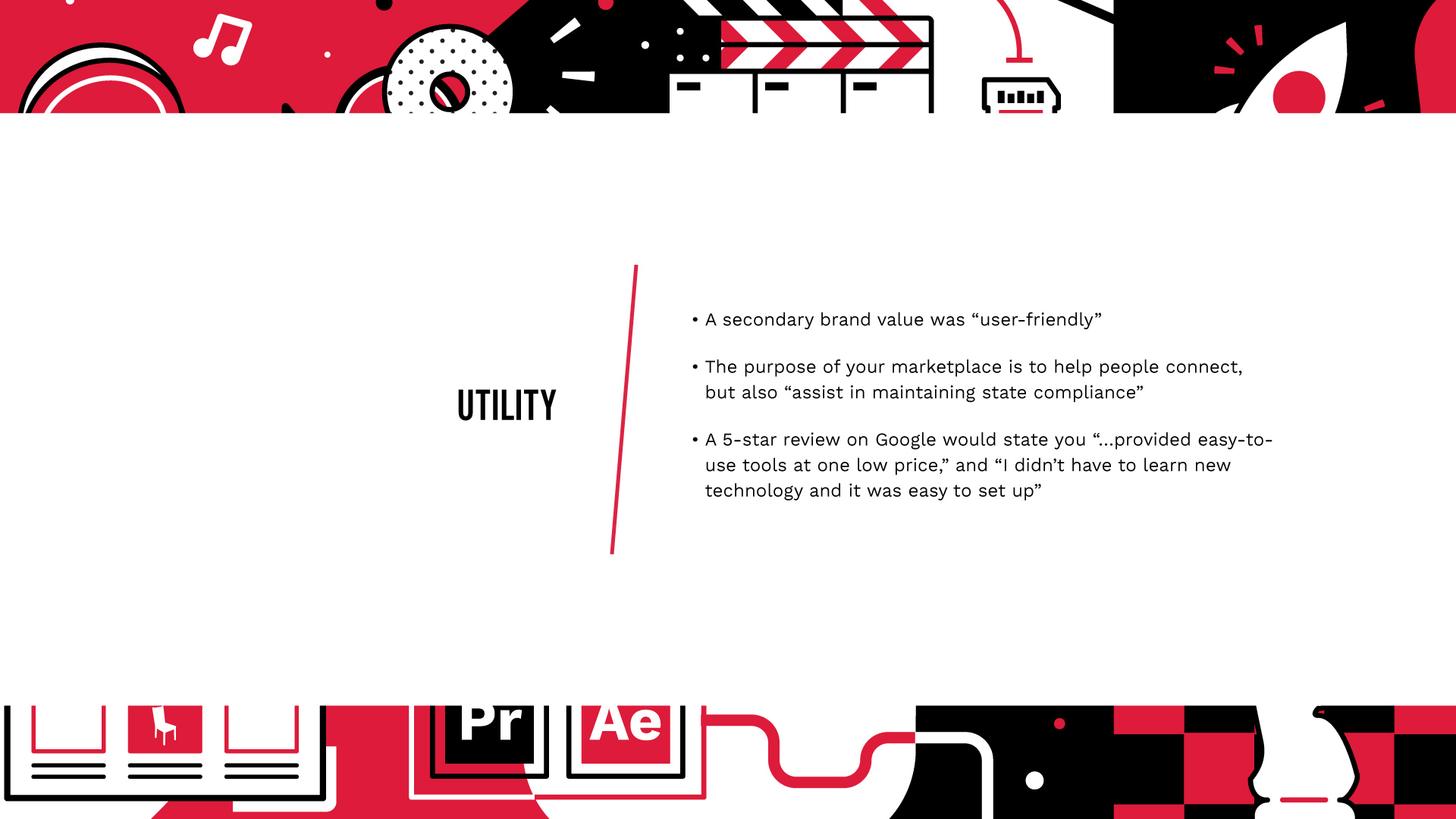
Where does that lead us? Well, when you know what’s important to a group of people—the drivers of the brand—that gives you an idea of which sandbox you can play in. Here was our second round of names with simple graphic design accompanying each option:

In this case, our client’s three big themes—Community, Integrity, and Utility—were all pointing directly at one very obvious archetype: the Everyman. (For a refresher on archetypes, check out our strategic partner Erik Hernandez’s blog post called The Human Method.) This archetype identification gave us a compass; all we had to do was go where it pointed.
Tip No. 2: A Brand Name Should Be Relevant
Take a look at another one of our naming assignments: The Neue, a top-of-market apartment property in New Braunfels, Texas.
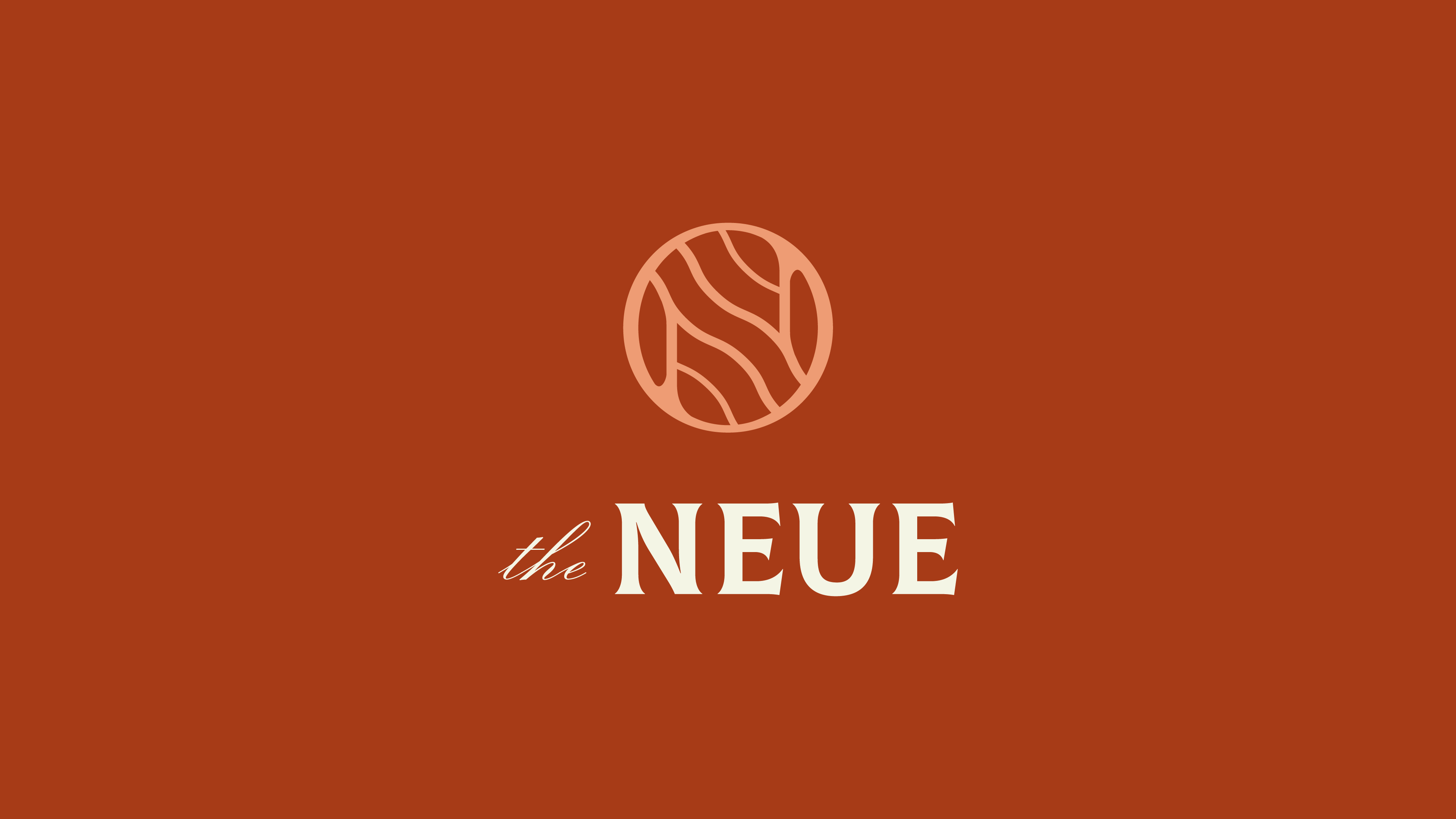
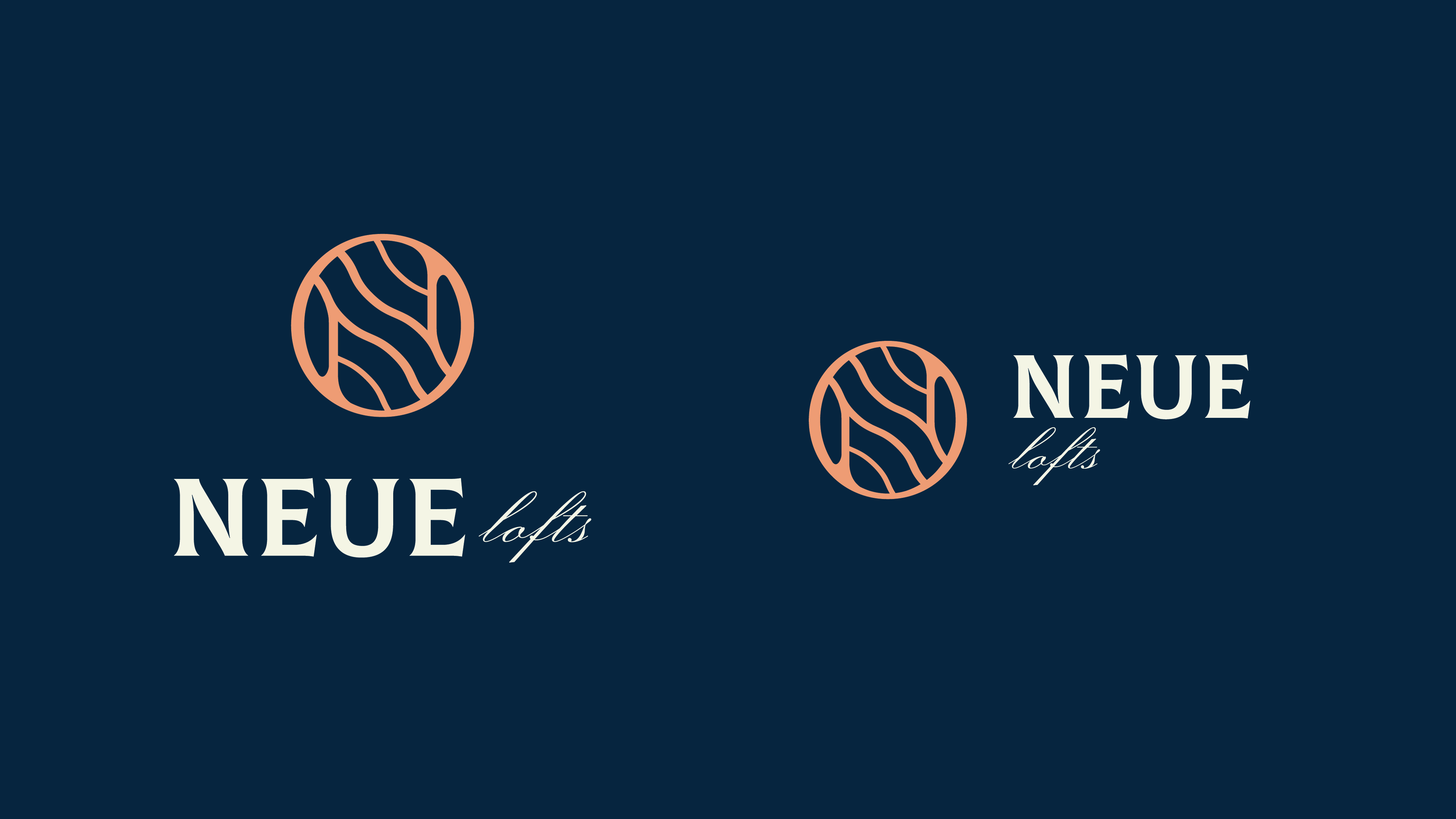
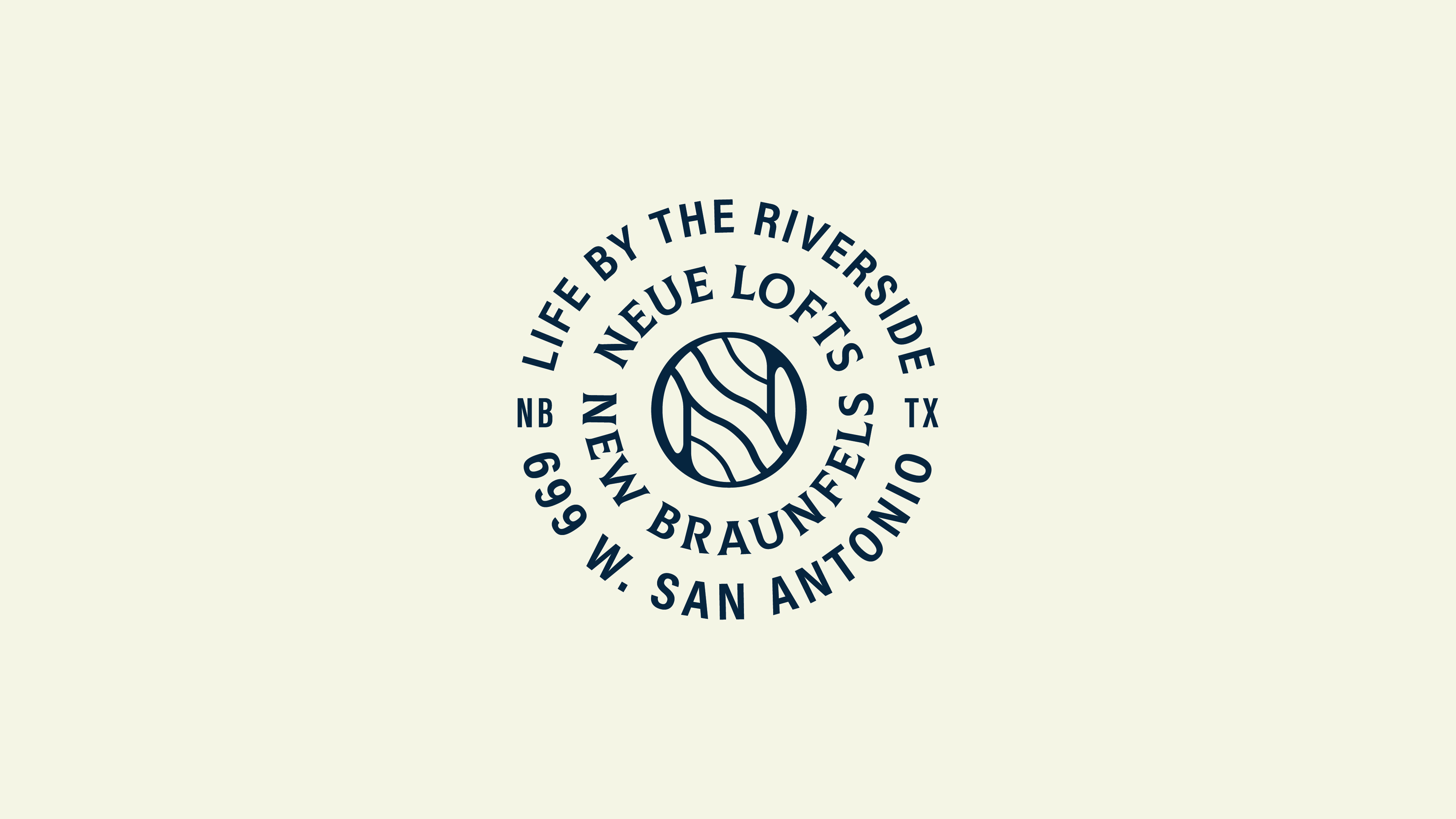
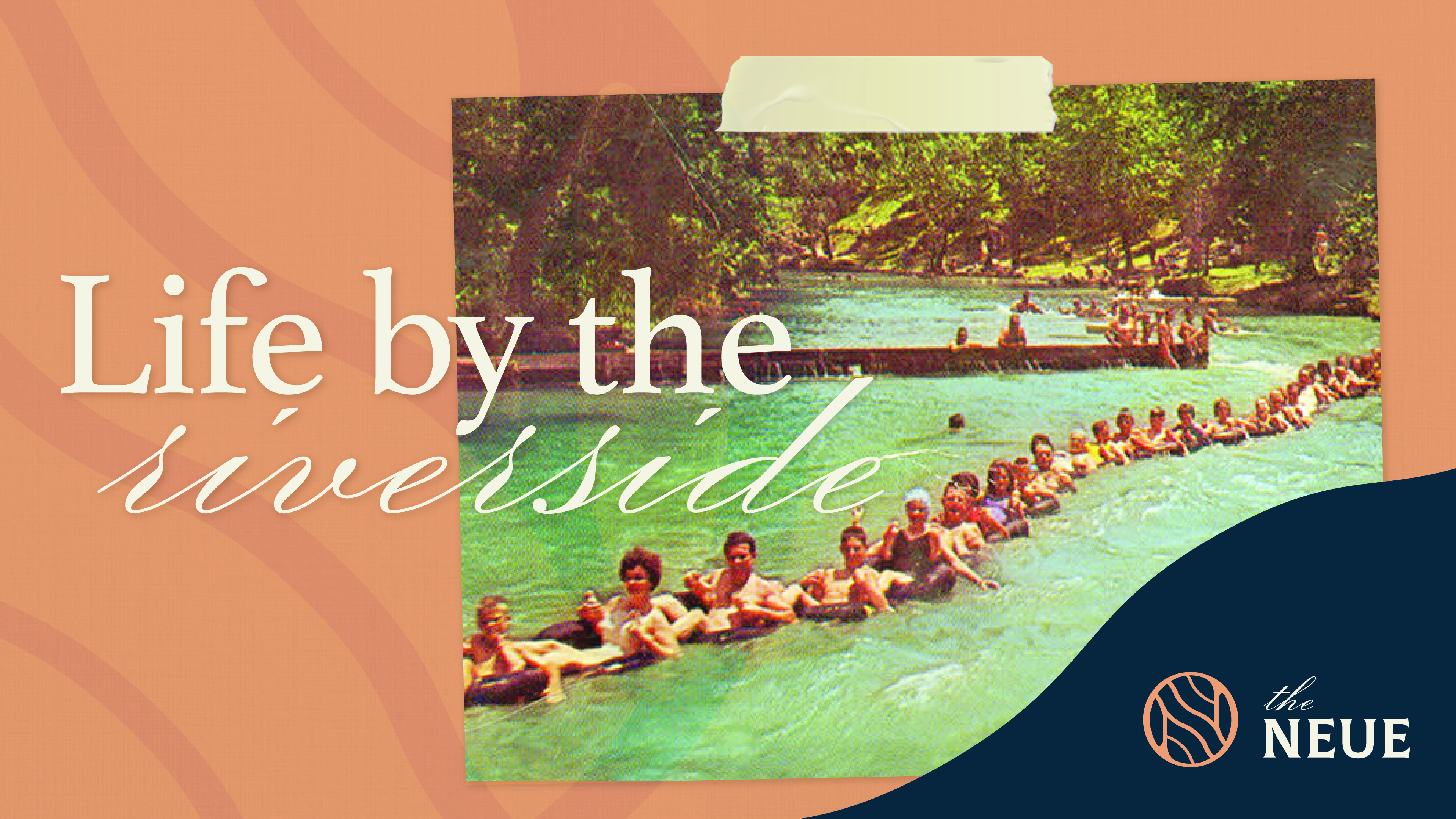
In this case, not only did we land on something chic and elegant, but we also discovered a name that was relevant. In this case, “neue” is German for “new” (and if you’re going to be true to the German heritage of the word, pronounced quite differently), as in New Braunfels. There’s also the implication that something new and exciting is happening at this property, or that its arrival has marked the dawn of a new era of New Braunfels’ downtown. However you slice it, the name just works, and largely because of its relevance.
Tip No 3: A Brand Name Should Be Distinct
This one’s pretty obvious, for a few reasons. First, there’s just a brand perception issue at play here. You risk coming off as unoriginal if you transparently lift another brand’s name or concept.
Secondly, your product offerings should be distinct—or at the very least, should appear to be distinct. It’s the whole point of branding. And a brand name that sounds similar to something that’s already out there isn’t doing a distinct product or service line any favors.
Lastly, the copyright and trademark implications of selecting a name that isn’t distinct enough can be costly. You don’t want to get too far down the brand development rabbit hole only to learn that your name will have to be changed—and that you’ll have to do the whole thing over again.
Tip No. 4: A Brand Name Should Be Surprising
For this tip, we’ll step outside of our own naming assignments and instead focus on one of our favorite design industry brands: Dribbble.
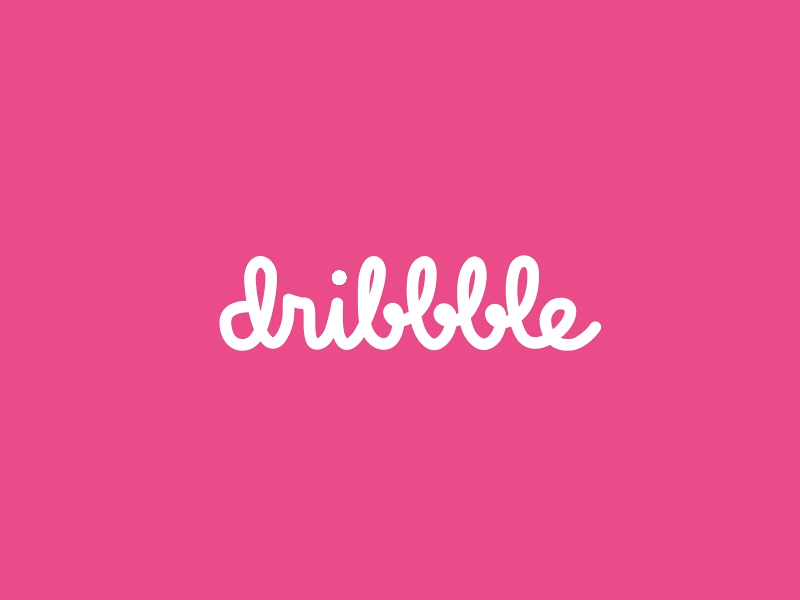
That’s not a typo. The Dribbble brand name has three b’s instead of two. While we played no role in developing this brand, we can only assume that the brand’s progenitors encountered a classic problem in naming (domain name availability; dribble.com might not have been available, but dribbble.com was), and instead of abandoning the basketball concept they’d landed on, they got creative and developed a really fun and surprising name. For those who are unfamiliar with Dribbble, it’s an Instagram-like design community that allows creative professionals to share “shots” of their work with one another to showcase their talents and to solicit feedback. In a situation like this, a surprising and creative name is actually preferable to something standard or expected.
The benefits of landing on a surprising name are three-fold: a surprising brand name is often memorable, it’s often more brandable/ownable, and you can save money on a domain name.
Tip No. 5: A Brand Name Should Have a Nice Ring to It
Okay, back to Tilted Chair’s brand naming portfolio. Next, we’ll look at one of our all-time favorite branding projects, the soon-to-be-open soul food restaurant in downtown Georgetown called Goodfolks.
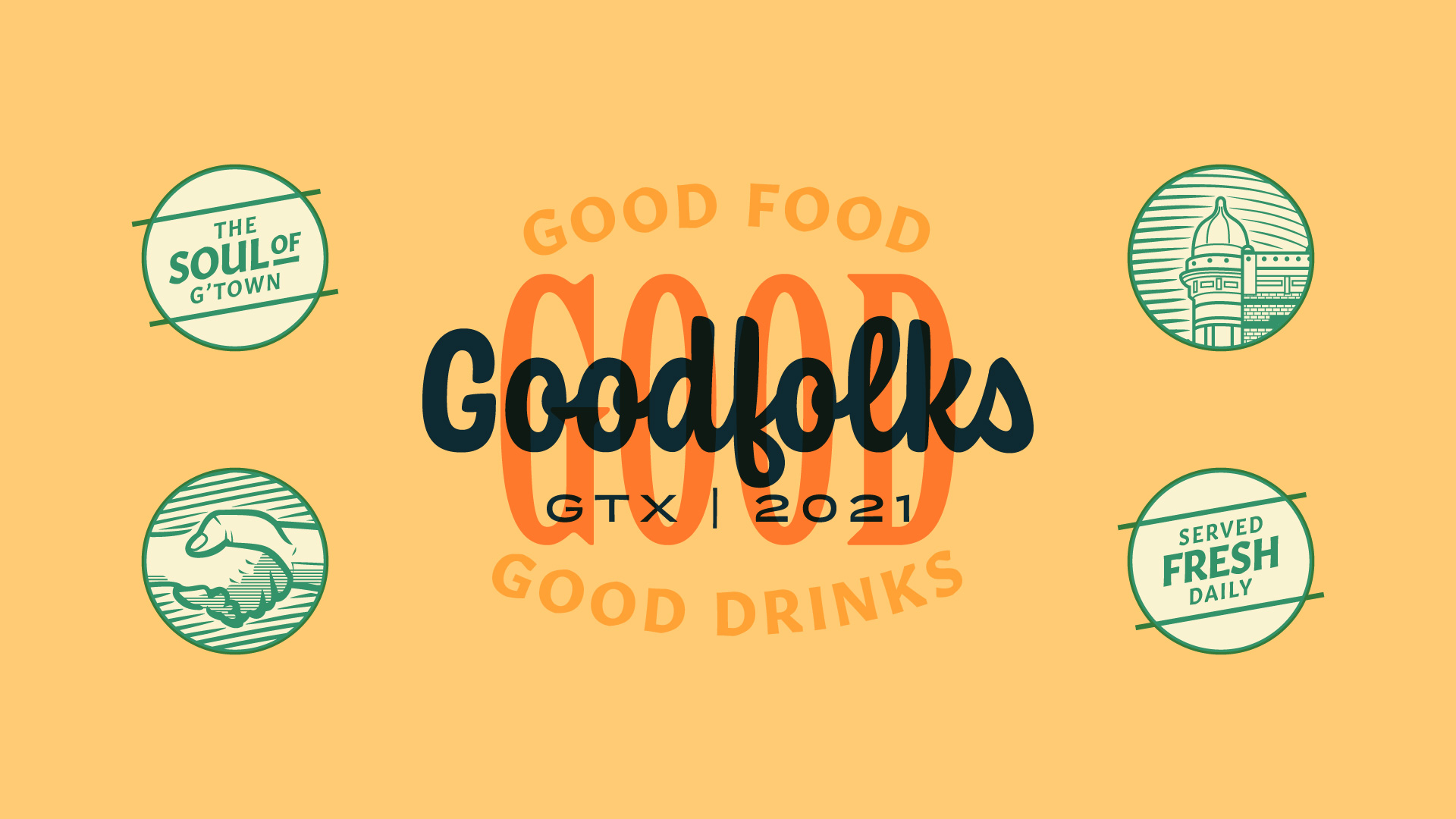
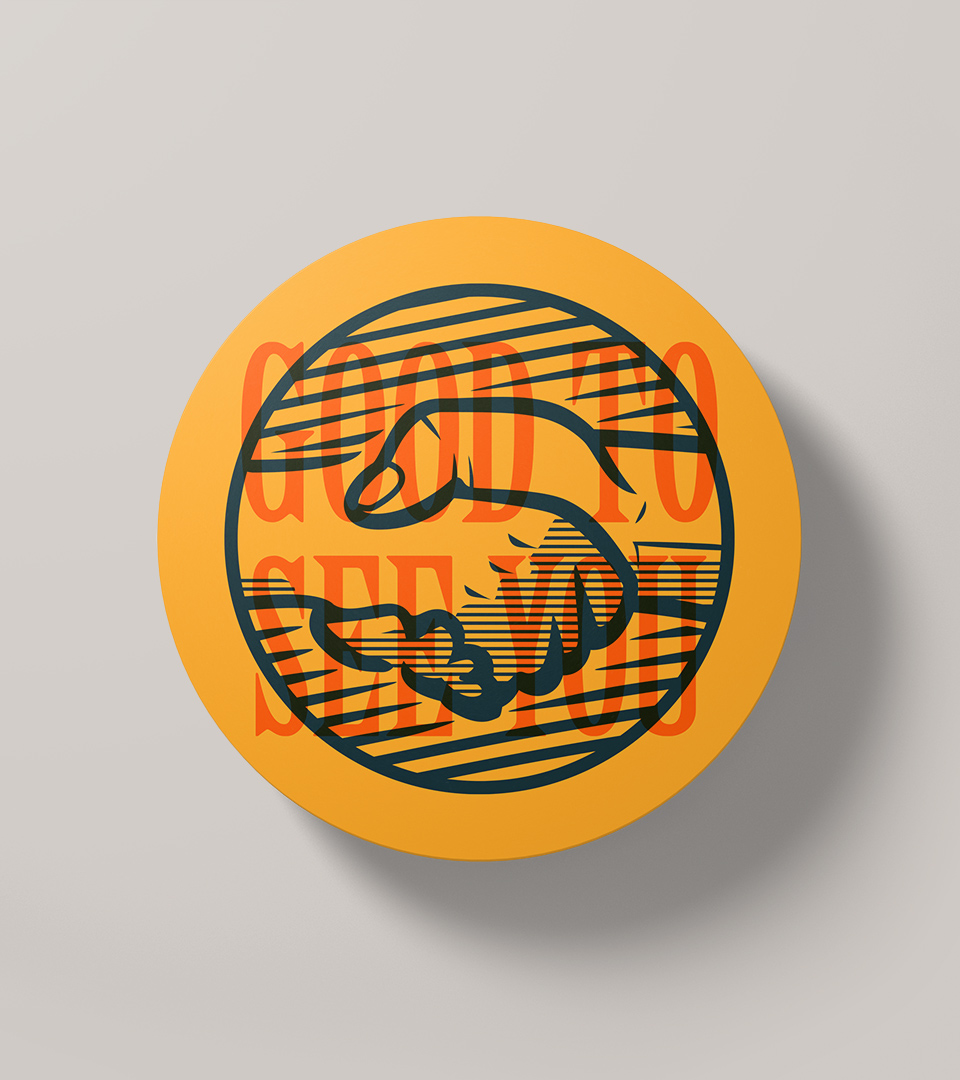
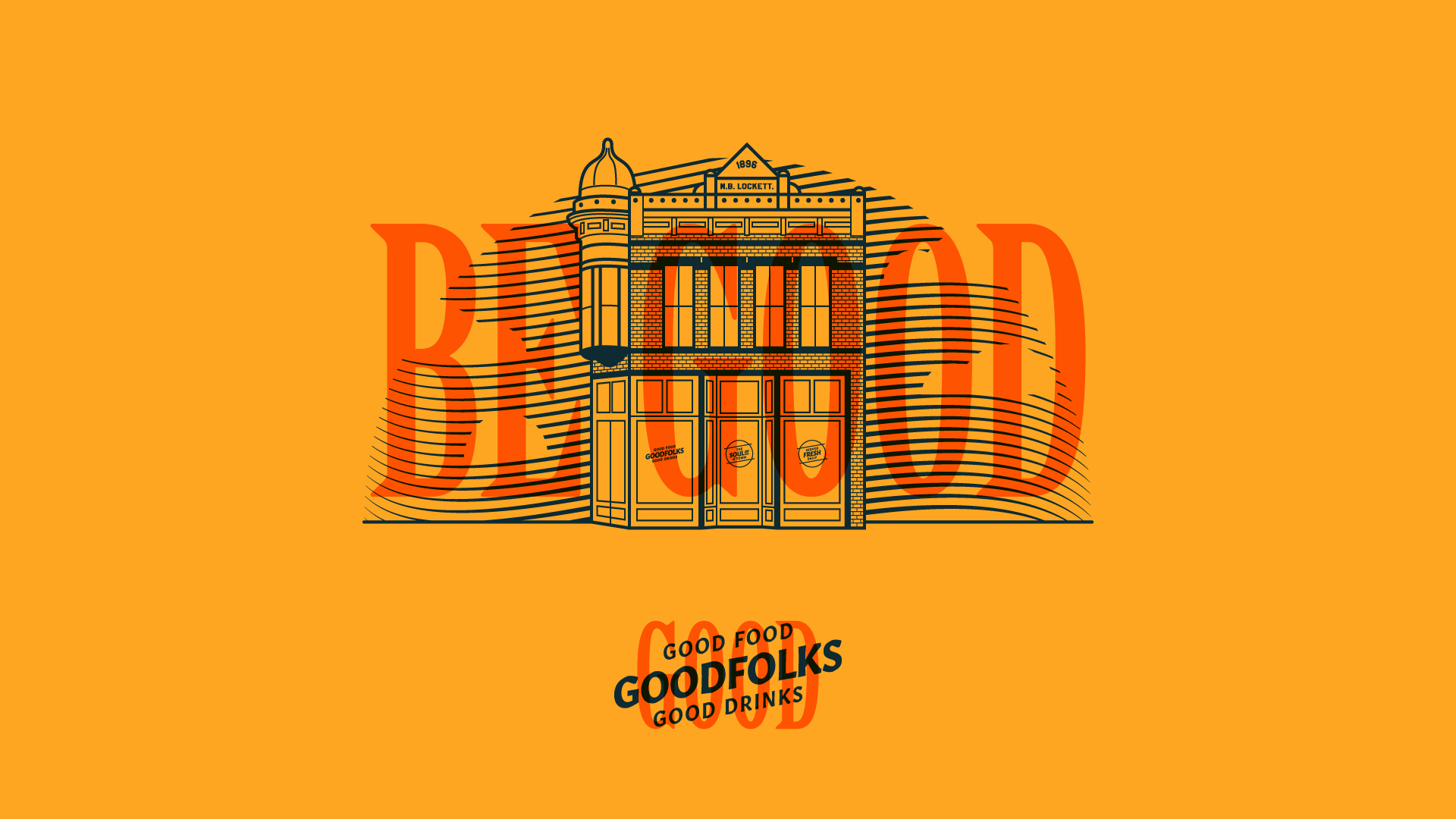
Say it out loud: Goodfolks. It just sounds great. It sounds homey and warm. It’s got positivity embedded directly in it. It just makes you want to smile and remember more innocent times. It hints at a slow and comforting meal with family, or a memorable night drinking beers with friends. It sounds southern and welcoming.
All of which is by design, of course.
Conclusion
In sum, maybe no decision you make in the course of marketing your business is as important as getting the name right. But if you have the right approach, and you hire the right people to help out, you stand a great chance of etching the name of your brand into the minds of your consumers.
Need a branding superhero to help your business be its best?
Oops! We could not locate your form.